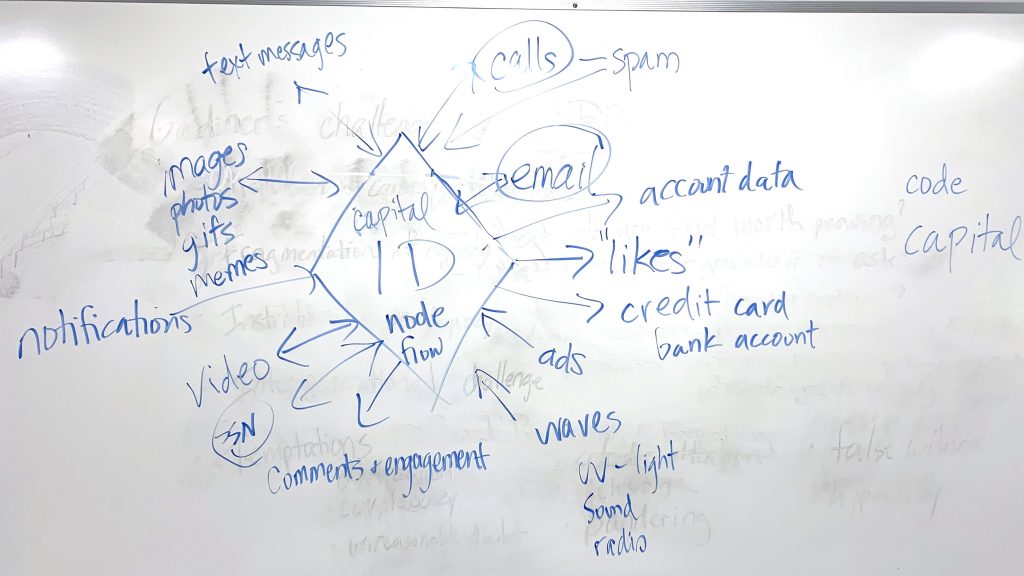What’s Due Next?
This Week
- Tuesday (today): Keyword Flow
- Thursday: Response post to “Flow”
Near Future
- Next Tuesday: Reply comment to “Flow” post; read keyword Gaze
- We’ll also watch Watch the Sound with Mark Ronson: Episode 1 – Auto-Tune during class next Tuesday, November 23
What’s Coming Up?
- Short Response Paper #3: Convergence is due Friday, December 3 (this is a change)
- Continue thinking about how you’ll use ArcGIS StoryMap to visualize the definition of a keyword of your choice from KMS and/or our class coverage
Tuesday, November 16
Grading Update
- It’s happening. I’m over halfway through Short Response Paper #2, and your grade is available if I’ve reviewed it. Apologies if I’ve not gotten to yours yet.
- We’ll spend some time on Thursday talking about APA documentation format and some grammar reminders that may help you:
- A preview: Commas and restrictive vs. nonrestrictive elements in sentences. There really are rules governing the use of commas! 🙂
Talking about Flow
- How the term is used
- Usage #1: Broadcasting that reinforces dominant ideologies in television (based on Raymond Williams’ 1974 book.
- Usage #2: Depthless circulation of disconnected images and sounds, representing the postmodern condition.
- Usage #3: Way to consider the complex relations of information infrastructure and capital coursing through globalized digital networks, incorporating ideology, power, capital, energy, and identity (among others)
- Additional characteristics
- Deeply interwoven with other keywords, like data, network, technology, agency, assemblage, identity
- Might be considered the meaning-making activity of internet assemblage agency (but that’s my gloss, not in the literature)
- Includes temporal and spatial flows
- Temporal: television “schedule” (maybe more like a streaming or watching or consuming “schedule”
- Spatial: scrolling through the flow of email, messages, images, videos, other information
- Keeping up with these flows is the source of “digiphrenia” (Rushkoff, 2013)
- Flows of the internet draw us in around the clock
- Our identity in the form of data is capital in the global information flow
- “what flows is secondary to the continuous movement of flow itself” (Kompare, 2017, p. 74, emphasis original)
Envisioning the Role of Identity in Flow
If “an individual functions as a node in twenty-first-century information networks as key data… are entered and circulated online” (Kompare, 2017, p. 73), what are the data points that flow through our nodal identity?
Given an identity (node) in the global information flow, what flows from that identity, to that identity, and through that identity? We’ll chart it on the whiteboard, and I’ll grab a photo to embed below.
Thursday, November 18
Grammar and APA documentation style over(re)view (shared Google Doc)

